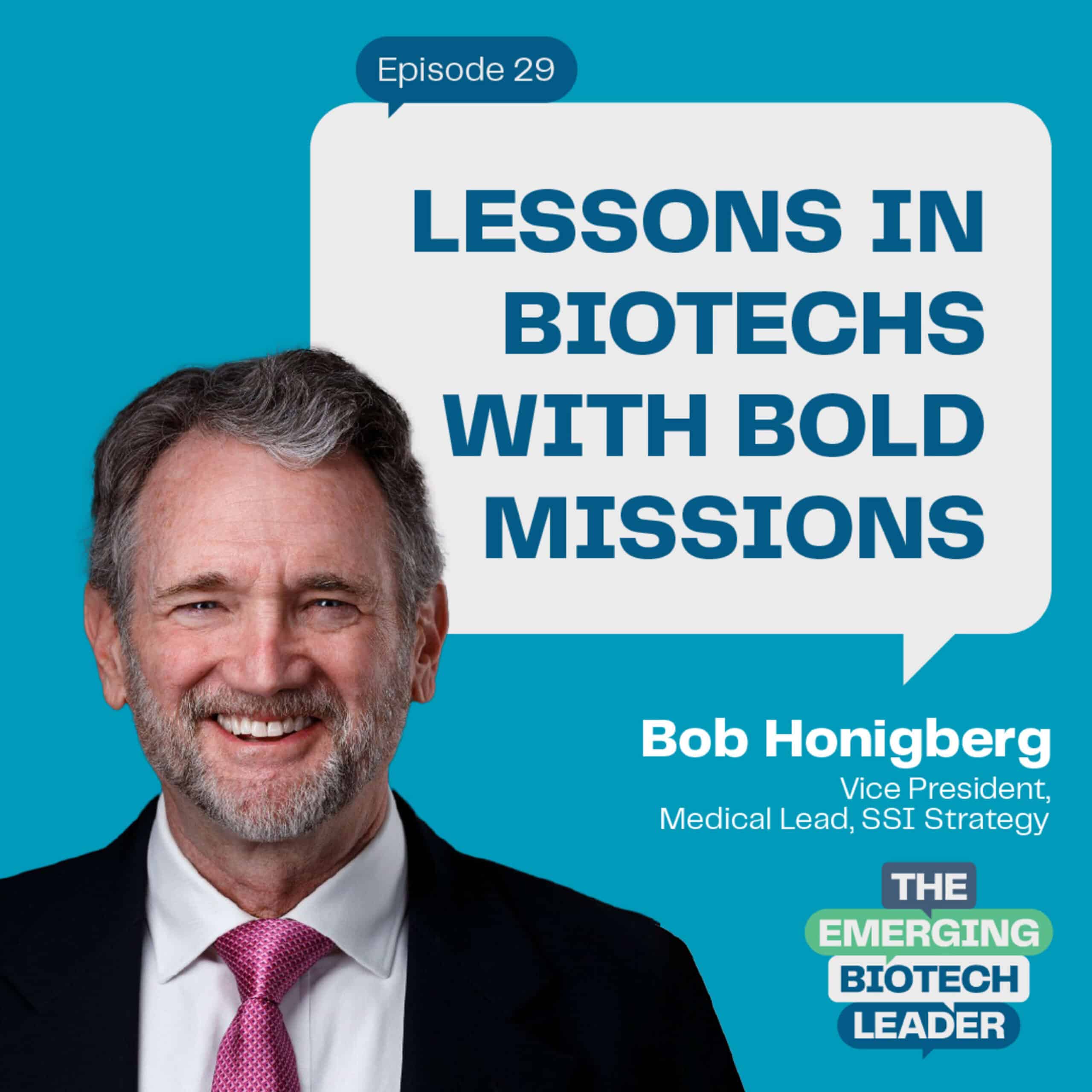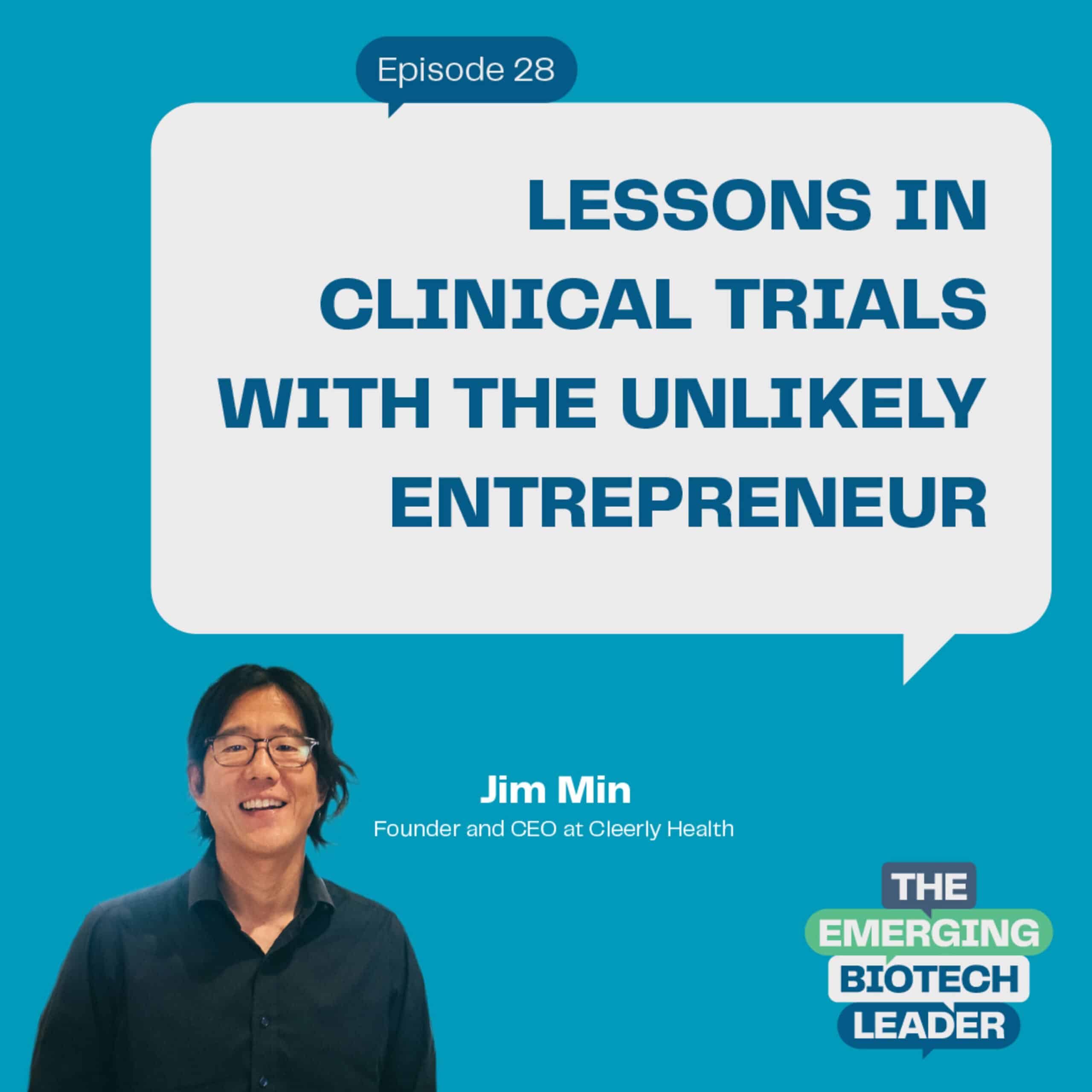
As everyday consumers, we interact with AI (Artificial Intelligence) daily. Whether unlocking the home screen of our phones via facial recognition, using voice commands to send a text, or interacting with a chat tool when shopping online, AI adoption is continuous.
But what is the role of AI in today’s healthcare? And how will AI impact medicine and the future of biotechnology?
To help us examine what’s happening with AI in healthcare and what’s to come, our guest for Episode 9 of the Emerging Biotech leader is Dr. Sharief Taraman, Chief Executive Officer at Cognoa and attending physician at CHOC Children’s. Cognoa utilizes artificial intelligence to diagnose & treat neurodevelopmental and neurobehavioral disorders early to help children reach their fullest potential.
In yet another thought-provoking conversation, hosts Ramin Farhood and Kim Kushner talk with Dr. Taraman about several key points, including:
- How Cognoa is utilizing AI to help improve time to treatment
- The distinction between a digital therapeutic and a digital diagnostic
- Embracing digital medicine
- How AI is being incorporated into modern medical education
Explore a sample of handpicked, high-level highlights from the episode below.
Addressing Autism and Autistic Spectrum Disorder Using AI
A software as a medical device and the first diagnostic of its kind, Cognoa’s Canvas Dx supports providers in diagnosing Autism in young children, ages 18 to 72 months. The data collected helps build a pipeline to improve patient phenotyping and uncover the true drivers.
Various inputs and data collected within the app, such as socialization skills, interaction, and even a child’s movements, help the algorithm identify signs and symptoms that often go overlooked until too late, the latter being defined as when a child’s brain is past its peak development stage: 18-24 months old. Dr. Taraman’s compelling quote, “time is brain,” reveals just how impactful early diagnosis and the use of AI can be in patient outcomes.
What does this mean for you and your biotech? The data AI can analyze and provide to multiple stakeholders (the clinical team, management/executive team, patients, and payers) signifies a major step forward in personalized medicine, which has long been talked about but has yet to be realized until now. By looking at patients in a high-dimensional space, AI helps influence the creation of targeted treatment plans tailored to the individual patient.
Dr. Taraman also reminds us that it’s not how much treatment a patient receives but how early they receive the intervention. Lastly, early diagnosis and intervention improve patient outcomes while reducing costs on an already fractured system.
AI and The Democratization of Medicine
When talking with Kim and Ramin, Dr. Taraman shared another profound reminder. Before the pandemic and the rise of telemedicine, patients awaiting evaluation for pediatric neurological disorders nationwide often experienced long waitlists, delayed care, and frequent appointment cancellations. While the industry has adopted digital medicine rapidly, addressing some of the issues mentioned above, equity of care is still an area that requires attention.
For example, the pandemic only further exacerbated the problem of early intervention across populations with geographical and socioeconomic constraints. Cohorts of patients without access to technology, working internet, specific income levels, and early education around modifications to how Autism is now characterized were unintentionally overlooked.
As a solution, AI can help to address this issue of equity and democratized medicine. Through the use of apps and digital medicine, children can now be observed at home, enabling more accurate and detailed observations of a patient’s behavior. AI-based tools can also be used to quickly and accurately diagnose conditions, reducing the time needed for diagnosis and freeing healthcare professionals to focus on providing care. The data gathered can then be used to better understand the individual’s condition and how it impacts their daily life.
Simply put, these new tools and AI create the opportunity to unlock data, even relative to genetic mapping, that didn’t exist before, especially across patients that previously missed early intervention windows of care.
The Digital Paradigm: Embracing AI
Dr. Taraman quickly points out that digital data collection isn’t entirely new. “Digital shouldn’t scare people. MRIs are digital, ECGs are digital. AI is just a mechanism to help us see patterns that exist.” As a bonus takeaway, Kim does ask for Dr. Tamaran’s definition and the distinction between digital therapeutics and digital diagnostics during the full episode. Listen out for the answer.
AI Adoption: Empowering The Future Face of Medicine
Among the many points made by Dr. Taraman during this interview, none hit home perhaps more than this: “We have to do this (embrace AI). Don’t be shortsighted. We are facing a healthcare crisis.”
Inspired by this thought and Dr. Tamaran’s active role as a Clinical Associate Professor at UC Irvine College of Medicine, Ramin asked, “How soon will we see AI education as part of medical curriculum and studies?” As it turns out, the answer is that it’s already occurring even at the high school level.
As we continue to learn about and implement AI collectively across the biotech sector, we will surely witness rapid advancements, unparalleled innovation, and a new wave of healthcare delivery that embraces digital medicine and uncovers new ways to scale.
Share this episode and stay tuned for Episode 10 of the Emerging Biotech Leader.


